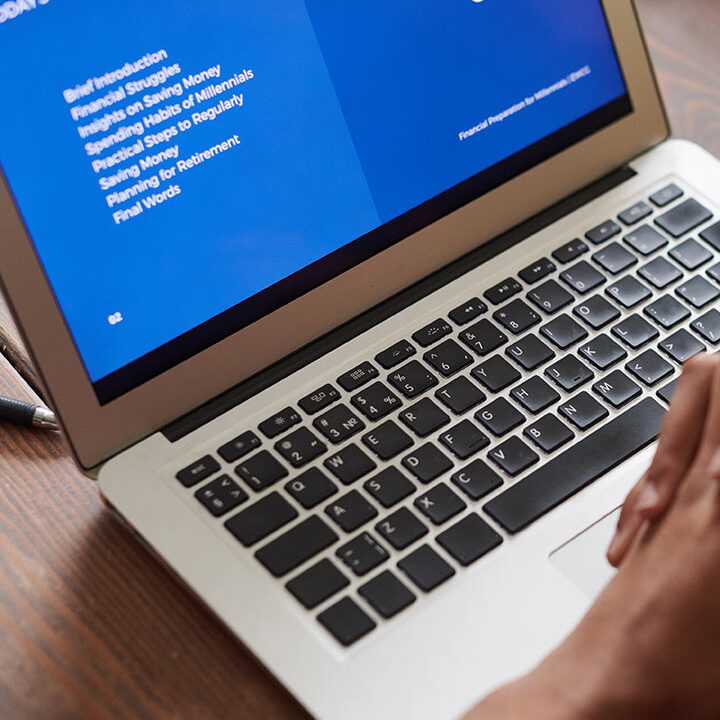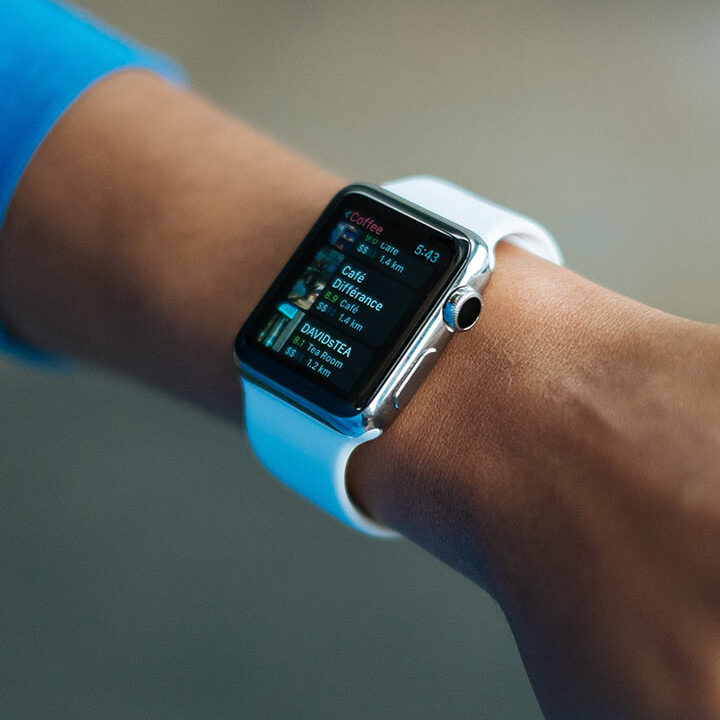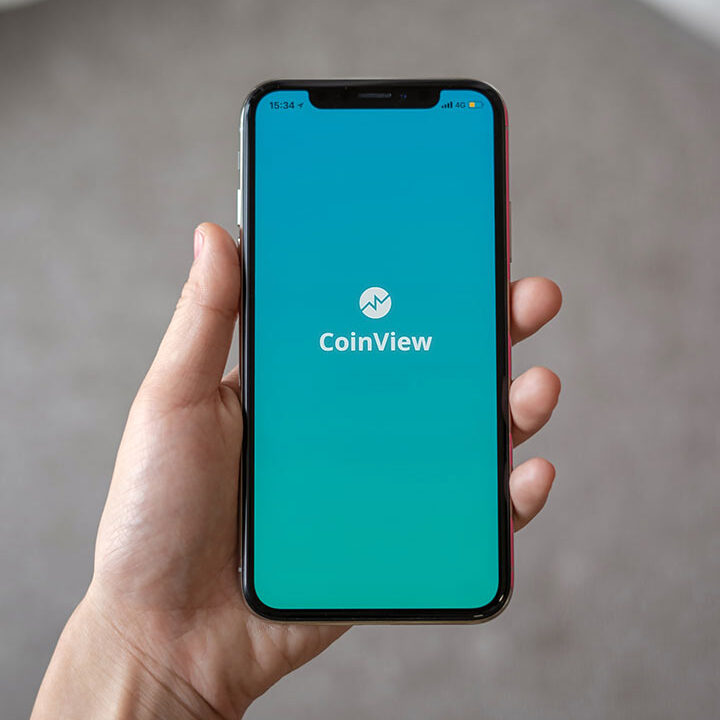The crucial role of app monitoring in ensuring reliability
Amidst the whirlwind of digital transformation, where every swipe and click propels us further into the future, the reliability of mobile applications emerges as the bedrock of our digital existence. But in this rapidly changing landscape, maintaining flawless performance is a formidable challenge. Here, app monitoring steps onto the scene of the silent sentinel, equipped with cutting-edge technology and unwavering determination, ready to defend against disruptions and uphold the integrity of our digital infrastructure.
Table of Contents
Why app monitoring matters
The importance of app monitoring cannot be overstated. Research conducted in 2023 revealed that the average website downtime cost for US businesses is a staggering $3,400 per hour.
Amazon incurred a loss of $34 million in sales due to just one hour of downtime, while Facebook saw a $100 million decline in income during an extended outage. These examples vividly demonstrate the profound impact that downtime can have on businesses of all scales.
Moreover, the impact of poor performance extends beyond revenue loss. 53% of mobile users will abandon a webpage if it takes longer than three seconds to load, underscoring the critical need for performance optimization.
Furthermore, 88% of users are unlikely to revisit a site after a negative user experience. This implies that subpar performance leads to immediate financial setbacks and enduring effects on customer retention and brand perception.
How app monitoring works
App monitoring involves real-time tracking of various metrics, such as response time, error rates, CPU usage, memory consumption, and network traffic.
Transport yourself to a bustling city with a complex network of roads and highways, each with vehicles of various sizes and speeds. Now, picture yourself as a traffic controller tasked with ensuring smooth traffic flow and preventing accidents. This is akin to the role of app monitoring in the digital world.
Monitoring tools employ techniques like synthetic monitoring, which simulates user interactions to identify performance bottlenecks, and Real user monitoring (RUM), which collects data from actual user sessions to assess the user experience.
On the other hand, Real user monitoring (RUM) functions like a network of traffic cameras placed strategically throughout the city. Instead of relying solely on simulations, RUM collects data from actual user sessions, providing insights into real-world user experiences. It’s like observing how drivers navigate the roads and highways in real time.
These tools generate alerts or notifications when performance metrics deviate from predefined thresholds, allowing developers and operators to investigate and address issues promptly.
The benefits of app monitoring
To reap the benefits of app performance monitoring, organizations must proactively track key performance indicators (KPIs). These include metrics such as response times, error rates, and resource usage. By closely monitoring these parameters, businesses can quickly identify and resolve potential issues before they escalate. This proactive approach not only minimizes downtime but also ensures a smooth and enjoyable user experience.
Additionally, how app monitoring enhances security is an aspect that organizations must consider. Continuous monitoring helps detect anomalies that may indicate security threats, enabling businesses to address vulnerabilities swiftly. This dual focus on performance and security is essential for maintaining user trust and safeguarding sensitive data.
For effective implementation, companies should follow app monitoring best practices. First, define clear objectives by determining the most relevant KPIs for your application. Next, establish realistic thresholds for these metrics based on historical data and user expectations. Comprehensive monitoring across all application layers—frontend, backend, databases, and third-party services—provides a holistic view of performance. Automating alerts for performance deviations ensures that issues are addressed promptly, while regular analysis of monitoring data helps identify trends and areas for improvement.
Best practices for effective app monitoring
The importance of app monitoring cannot be overstated. Research shows that a single hour of downtime can cost businesses thousands of dollars. In fact, the average cost of website downtime for US companies is approximately $3,400 per hour. Notably, tech giants like Amazon and Facebook have faced significant revenue losses due to outages, highlighting the critical need for consistent app performance. When applications fail to load quickly, users are likely to abandon them, leading to a decline in customer satisfaction and retention.
Moreover, the significance of app monitoring extends beyond preventing financial loss; it also safeguards brand reputation. Poor performance can lead to negative user experiences, causing customers to steer clear of your app in the future. By implementing effective monitoring strategies, businesses can enhance user satisfaction and loyalty, ultimately driving long-term success.
In conclusion, app monitoring is not just an optional tool but a critical component of modern application management. By recognizing the importance of app monitoring, embracing its benefits for performance, understanding how it enhances security, and adhering to established best practices, organizations can ensure their applications run reliably. As mobile apps continue to play an integral role in our digital interactions, investing in robust app monitoring solutions will be essential for achieving business success and fostering customer loyalty.
Ready to optimize your app monitoring strategy?
Connect with Novas Arc and tap into our team of experts who specialize in app solutions. Ensure your applications are performing at their best to drive business success.
FAQS
Application monitoring refers to the process of continuously observing and analyzing the performance and behavior of software applications. It involves tracking various metrics, such as response times, error rates, resource utilization, and user interactions, to ensure that the application operates smoothly and meets user expectations. The goal of application monitoring is to identify potential issues proactively, improve performance, and enhance user experience.
A monitoring app is a software application designed to track and analyze the performance of other applications or systems. These apps collect data on various performance metrics, such as uptime, response time, and error rates. Monitoring apps often provide real-time alerts and notifications when predefined thresholds are exceeded, allowing developers and IT teams to address issues quickly. They can be used for various purposes, including application performance monitoring (APM), network monitoring, and server monitoring.
When it comes to application monitoring, various tools cater to different needs and industries. Here’s a shortlist of the 10 best application monitoring tools:
Dynatrace — Best for companies in finance
Datadog — Best unified monitoring platform
Honeycomb — Best for online games
SolarWinds Server and Application Monitor — Best dependency mapping
LogRocket— Best for e-commerce companies
Grafana — Best open-source option
Amazon CloudWatch — Best APM for AWS
IBM Instana— Best incident management features
Google Cloud Operations — Best APM for Google Cloud
Monitoring in application support involves the ongoing assessment of an application’s performance and health to ensure it operates effectively and efficiently. It includes tracking key metrics and logs, identifying and diagnosing issues, and implementing solutions to resolve any problems that arise. This process helps maintain application reliability, optimize performance, and enhance user experience. Effective monitoring allows support teams to respond quickly to incidents, reducing downtime and improving overall service quality.








